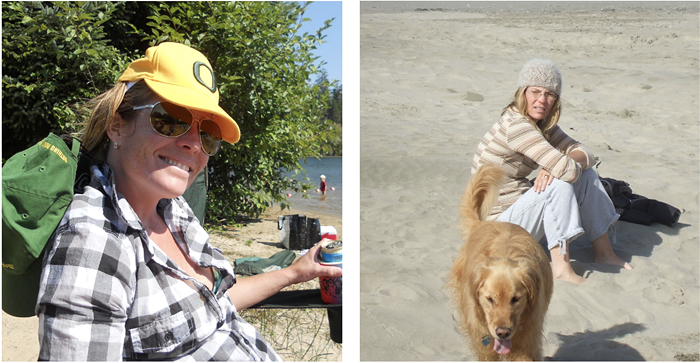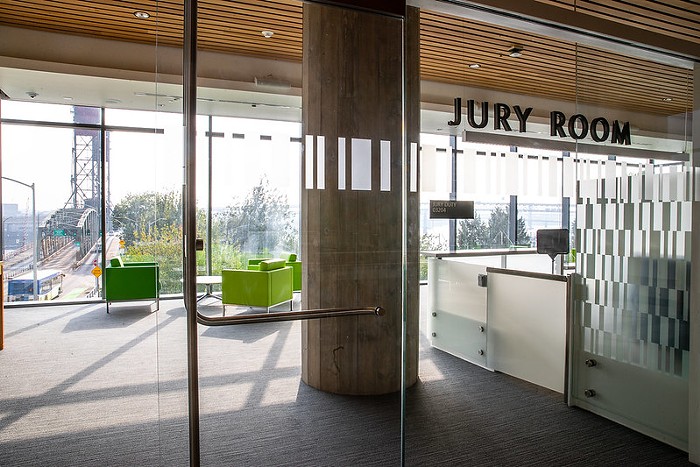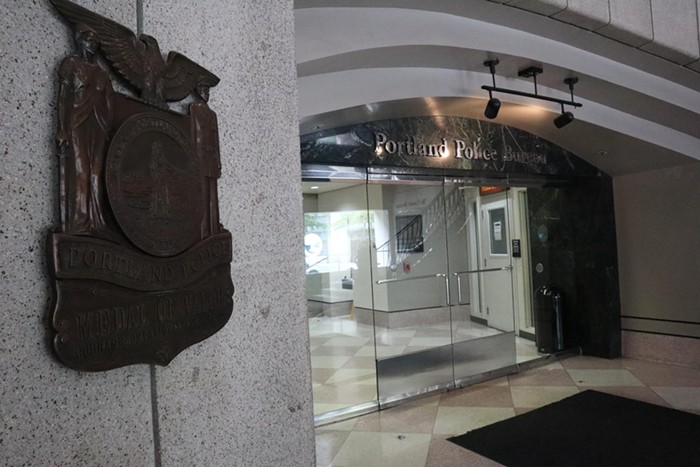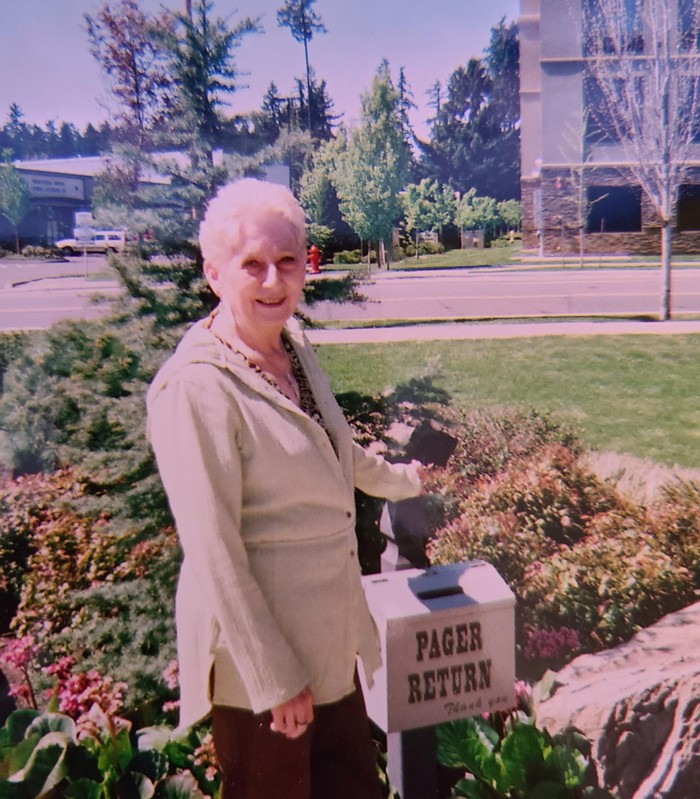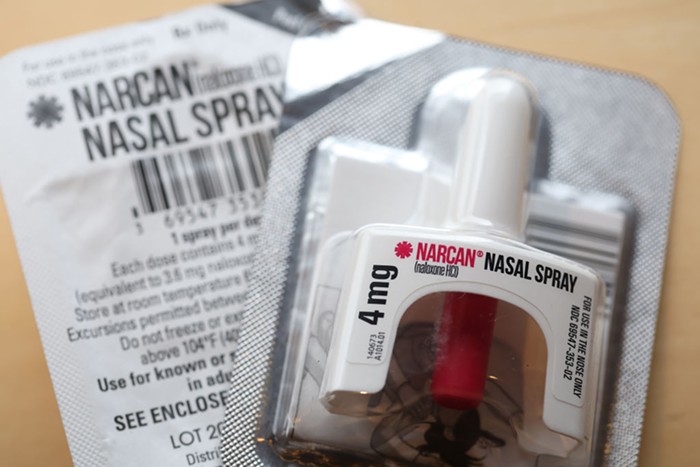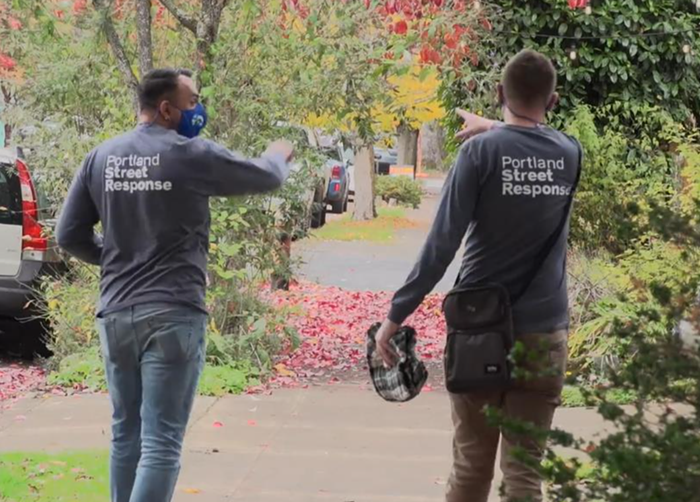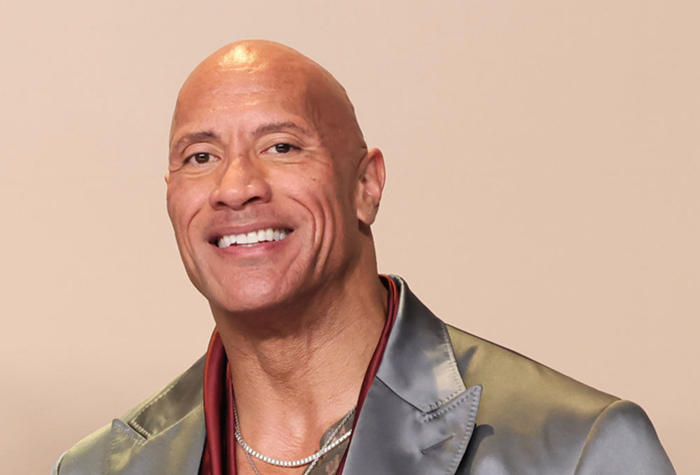THE TRAIL BLAZERS released their grand plan for redeveloping Memorial Coliseum last Friday, January 8, unveiling a concept that makes the Winterhawks and a Nike museum the center of a revitalized Rose Quarter dubbed "Jumptown."
While the Blazers are hoping the city will embrace Jumptown as a potential economic boon, the Blazers' development partner, multi-billion dollar development firm Cordish Companies, left a trail of discontented minority groups in its recent redevelopment of Kansas City's downtown.
A Cordish rep described the company's newly built Kansas City "Power and the Light District" as a model for Portland's Rose Quarter when the city and the Blazers kicked off Rose Quarter development last April. But minority contractors in Kansas City see the Power and Light District (nicknamed by some residents the "Power and White District") as a model of broken promises and racial exclusion.
Lonnie Scott, president and CEO of the Mid-America Minority Business Development Council, says Cordish ducked his requests for statistics on its use of minority contractors during the Power and Light District development. Scott believes the company didn't make good on promises to use a substantial number of minority- and women-owned contractor businesses on the project.
"They promised a lot, and didn't deliver," Scott says.
William Torres, former president of the Kansas City Hispanic Association Contractors Enterprise, tells the same story. Torres says Cordish is lying about exceeding the project's minority contractor goals and that his organization of Latinos was excluded from the windfall of work.
"What makes it particularly sinful is when there are public funds used for these projects, which the minority community contributes to," Torres says.
The Power and Light District also stirred up racial controversy when the American Civil Liberties Union challenged Cordish's city-approved, district-wide dress code in 2008, citing citizen complaints that the area's ban on white T-shirts, baggy pants, and necklaces for men was "hysterically racist." The Kansas City Council eventually voted to nix the dress code.
Cordish denies the accusations and says they have met or exceeded minority contracting goals on the Kansas City development project.
"They have no basis for what they're saying," says Zed Smith, who headed Cordish's minority contractor recruitment in Kansas City. "It's preposterous."
Kansas City's official economic data backs up Cordish. Sandra Rayford of the Kansas City Economic Development Corporation says Cordish reached the city's 15 percent goal for minority hiring and came just one percent short of meeting its female contractor requirements—a shortfall the city overlooked, she says.
Blazers' Senior Vice President of Business Affairs J.E. Isaac says his group, not Cordish, is holding the reigns on the Rose Quarter. "We are going to go out of our way to maximize opportunities for minority entrepreneurs," he says.
According to Isaac, the Blazers' development team surpassed city quotas for hiring of minority- and women-owned businesses when it built the Rose Garden in the mid '90s.
The Blazers are working hard early in the game to get support from minority business leaders for their vision of the Rose Quarter and Memorial Coliseum. Maurice Rahming, president of the National Association of Minority Contractors in Oregon, got the Jumptown pitch in August and says he has high hopes that the Blazers will follow through on their promises of minority inclusion.
"We'll see what happens," Rahming says. "But for now, it's been positive."
Under current Portland guidelines, any project using Portland Development Commission (PDC) funding is required to give at least 20 percent of its contracts to minority-owned, women-owned, or emerging businesses. The Rose Quarter and Memorial Coliseum will be redeveloped with the help of substantial public funds, including PDC dollars.
Though the Blazers' vision for Memorial Coliseum is only one of more than 90 publicly submitted pitches that a citizen Rose Quarter advisory committee will whittle down later this month, theirs is the only pitch with major private financial backing.
In addition to keeping the Winterhawks in the Coliseum and building the Nike Museum across the street, the Blazers' vision for the 50-year-old building includes restaurants, a community athletic center, and the replacement of upper-level seating with box seats for private parties.
Portland's minority business community will be keeping an eye on the Rose Quarter development to make sure the experience of Portland's contractors does not wind up mirroring those who felt shut out by Cordish in Kansas City.
Jorge Guerra, president of the Oregon Association of Minority Entrepreneurs, met with the Blazers development group in December and says his organization will greet the project with open arms. "But we'll be watching to make sure they deliver," he says.

